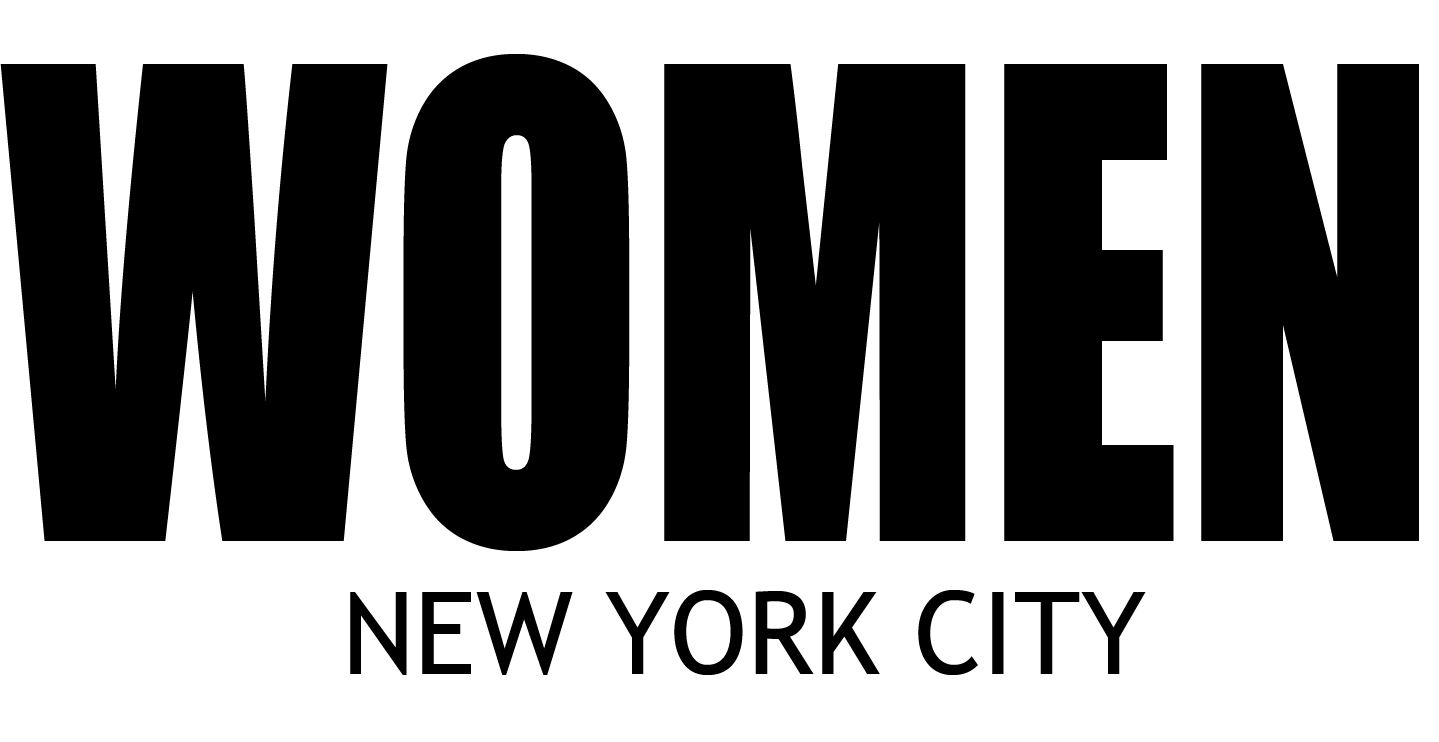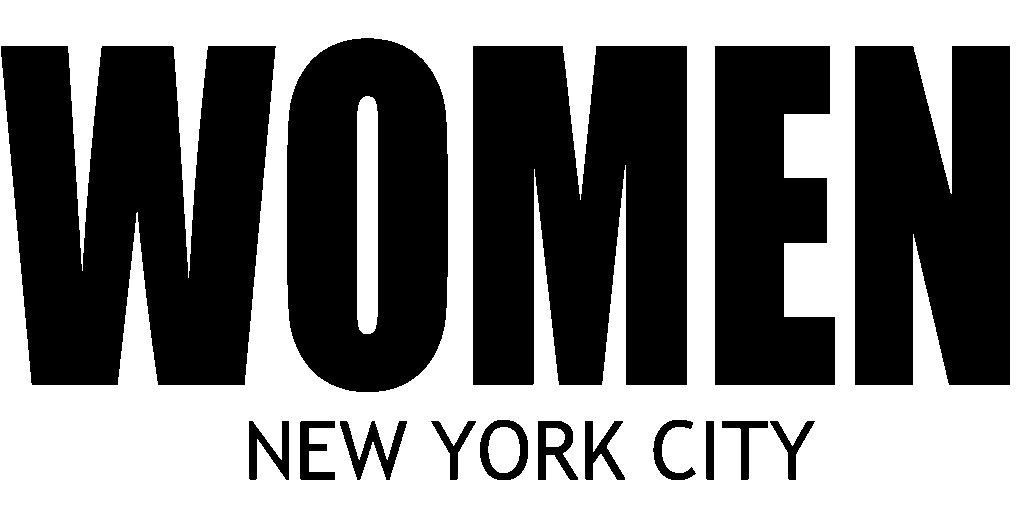Change no longer starts in boardrooms — it begins in group chats, shared hashtags, and collective actions born from empathy rather than authority.
In 2025, the most powerful political movement is not a party — it’s a community.
Across the world, ordinary citizens are learning that their voices, when united, can echo louder than any government statement. From climate strikes to digital petitions, from neighborhood alliances to online advocacy, the collective has become the new form of leadership.
This isn’t just activism; it’s evolution — a transformation of how societies organize, demand, and redefine justice.
From Individualism to Interdependence
For decades, politics was driven by individual figures — charismatic leaders who embodied the aspirations of millions. But the new era has replaced the “I” with the “we.”
The internet has connected billions of people across cultures, languages, and time zones, creating ecosystems of shared concern. Whether it’s a local environmental fight or a global gender rights campaign, collective action now moves faster and farther than ever before.
Movements like #MeToo, Black Lives Matter, and Fridays for Future proved that political power can emerge not from hierarchy, but from harmony — from people who may never meet, but share a common heartbeat.
The Micro-Politics of Everyday Life
Not all revolutions look like protests.
Some start with community gardens, co-ops, or crowdfunding for public art. Others take shape in the quiet moments when people choose solidarity over silence.
Politics, once seen as distant and institutional, has become intimate and lived. When a local café adopts zero-waste policies, when artists unite to rebuild a destroyed neighborhood, when students mobilize for digital literacy — those acts, too, are political.
The collective power of everyday action is rewriting what it means to participate. The new citizens of the world are not waiting for permission; they’re building the future, piece by piece.
Technology as a Tool, Not a Master
Digital platforms have made mobilization easier, but also more fragile. Algorithms amplify trends, not truths. That’s why the most effective movements today combine online reach with offline roots.
WhatsApp groups lead to real cleanups. Hashtags lead to local assemblies. Communities that blend digital energy with physical presence become unstoppable.
The most inspiring examples are hyperlocal: Bogotá’s cycling collectives reshaping city transport, rural women in India using social media to demand clean water, or European youth assemblies debating climate laws. The collective has gone from protest to policy.
The Ethics of Belonging
But there’s a deeper beauty in this shift: community as connection, not control.
People are realizing that belonging doesn’t mean uniformity — it means shared purpose. In a world fractured by division, communities are the new bridges.
The power of the collective lies not in noise, but in unity with meaning.
And perhaps that’s the truest form of democracy — when we stop waiting for change, and start becoming it.
A New Political Language
The collective has no single face, no headquarters, no hierarchy. Its strength lies in fluidity, compassion, and creativity.
Policy is no longer just written in parliaments — it’s painted on murals, coded in open-source projects, planted in urban gardens, and shared through stories.
The politics of the future will not be about control — it will be about connection.
Because when communities rise, nations listen.


